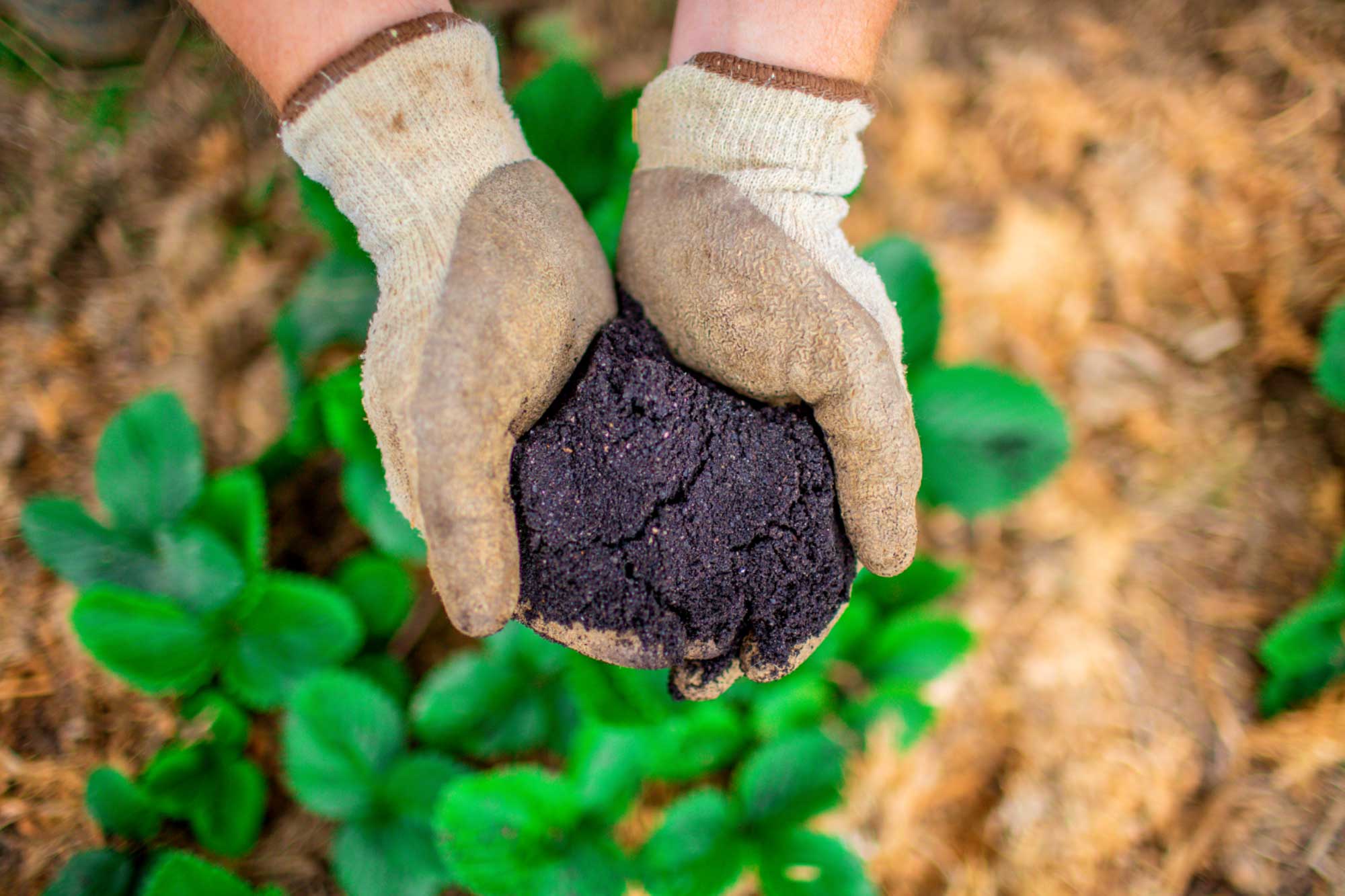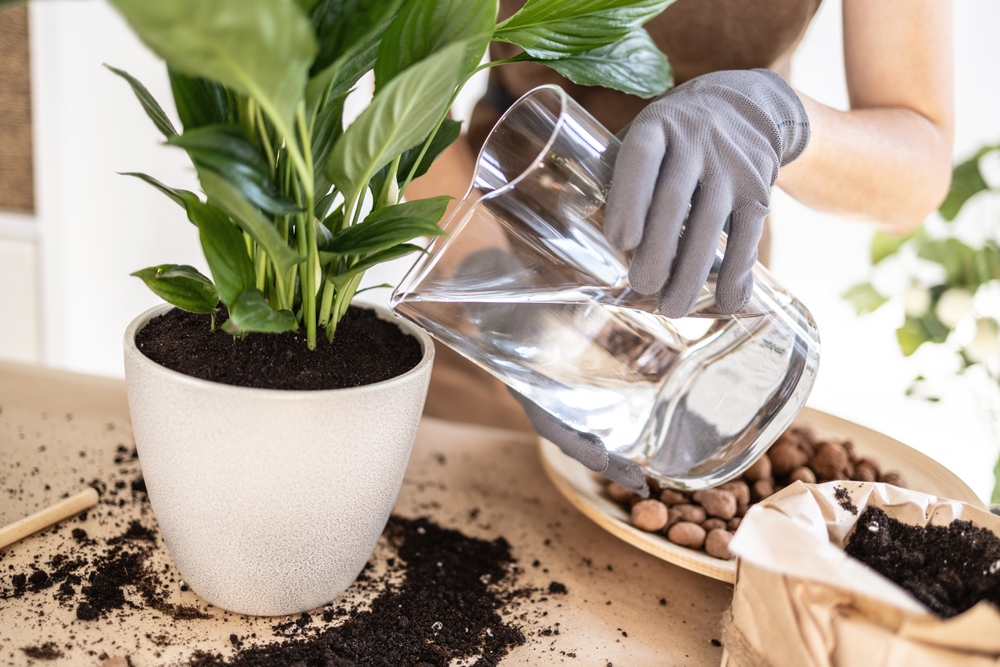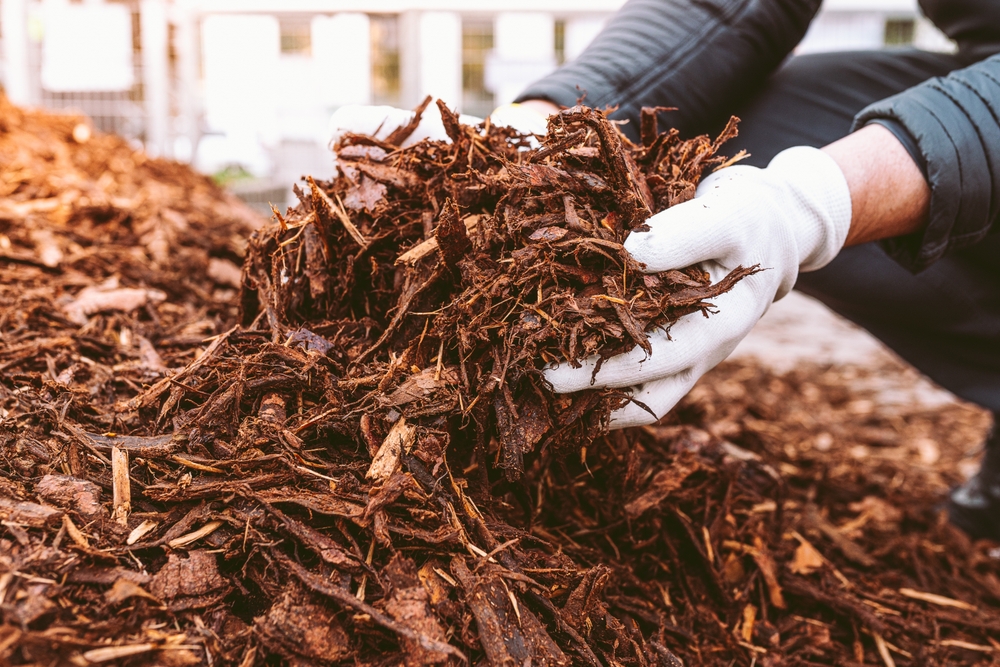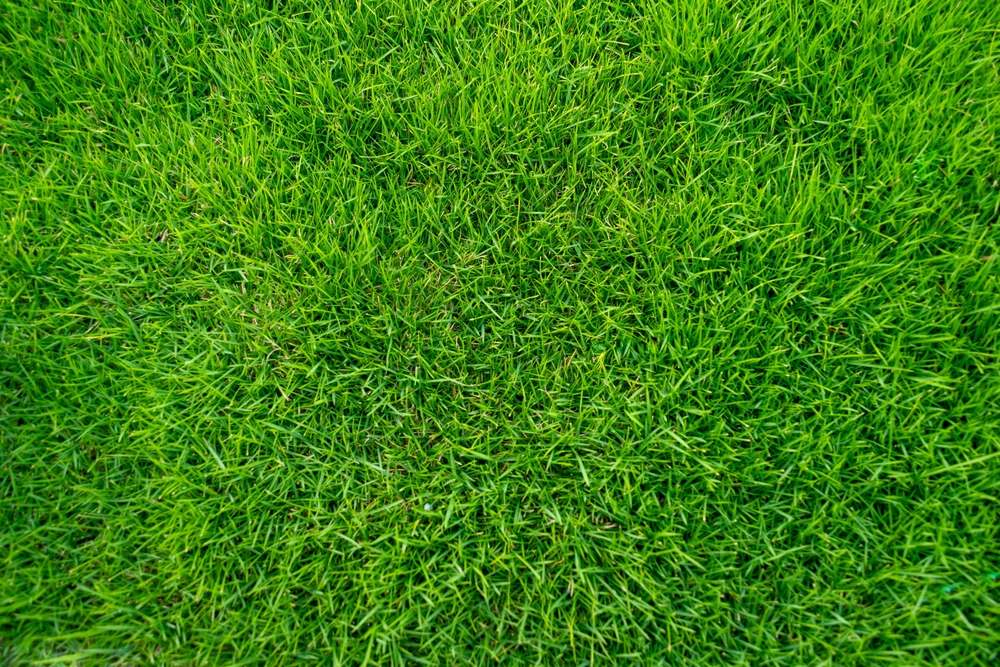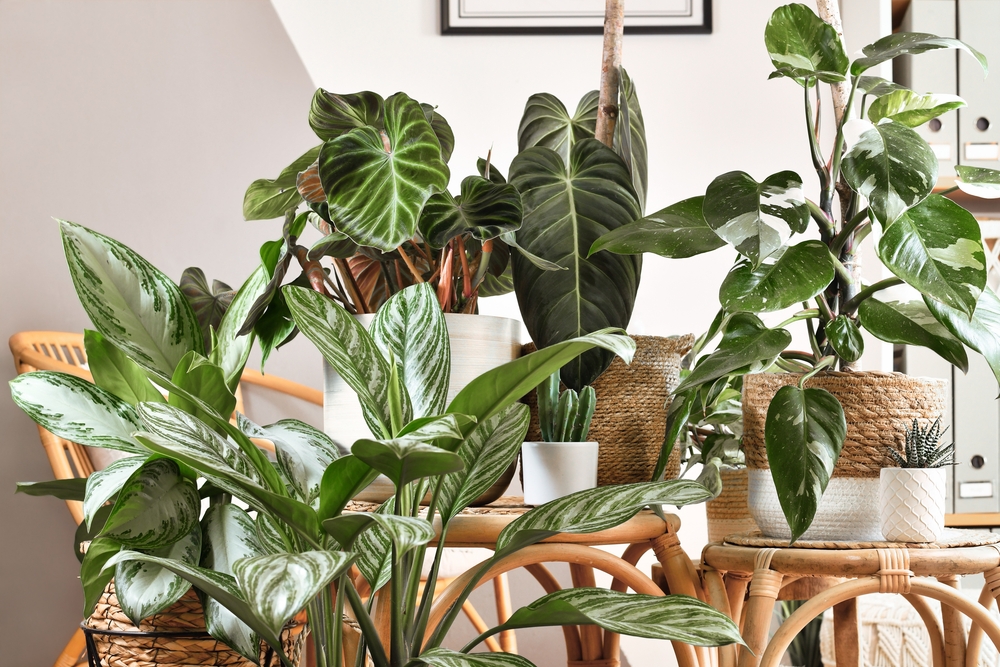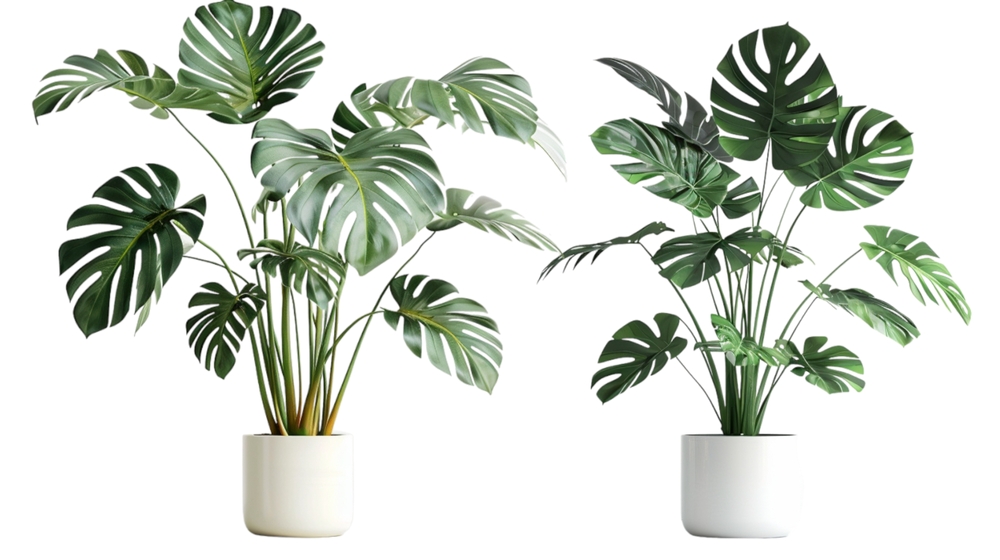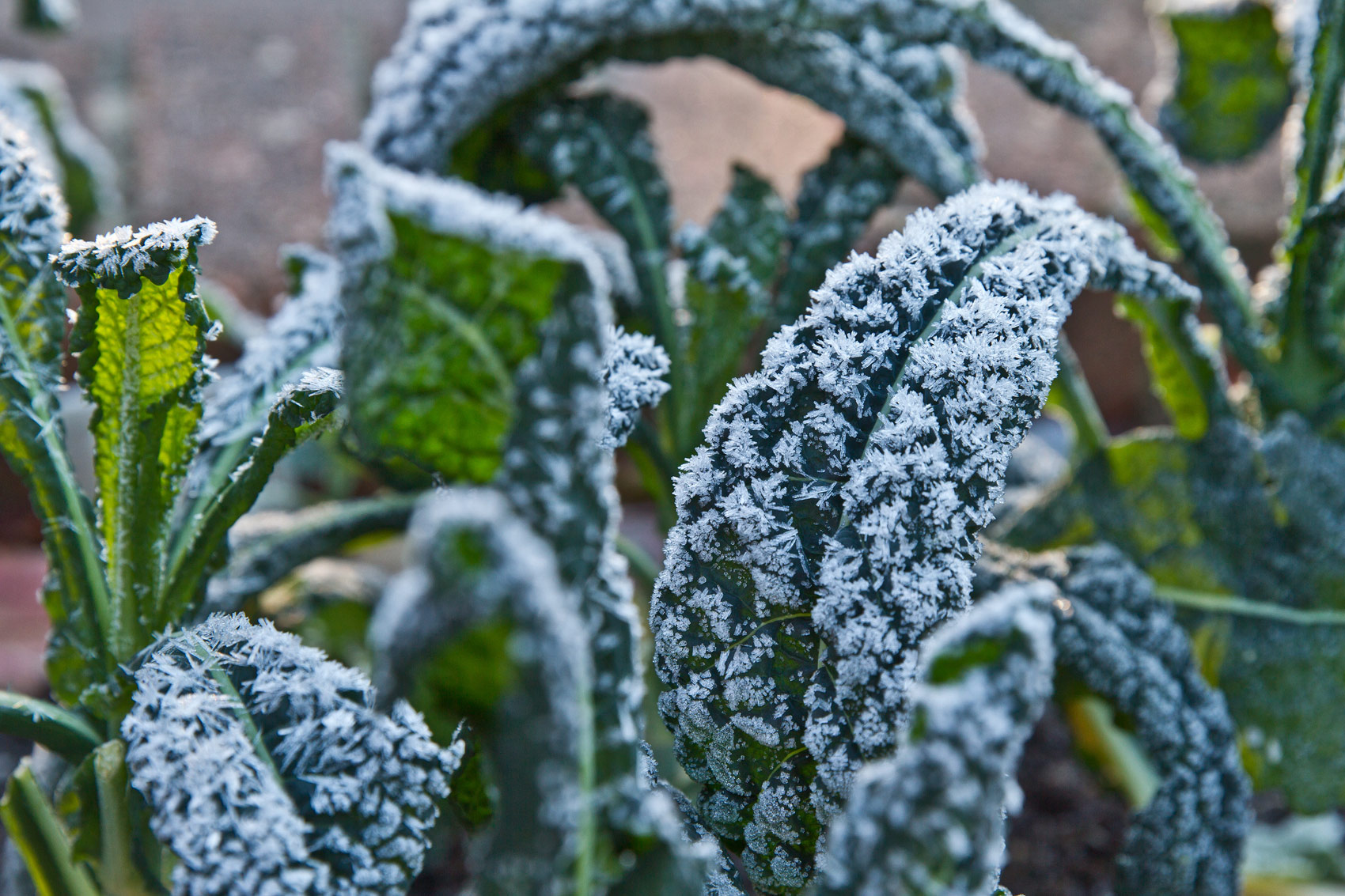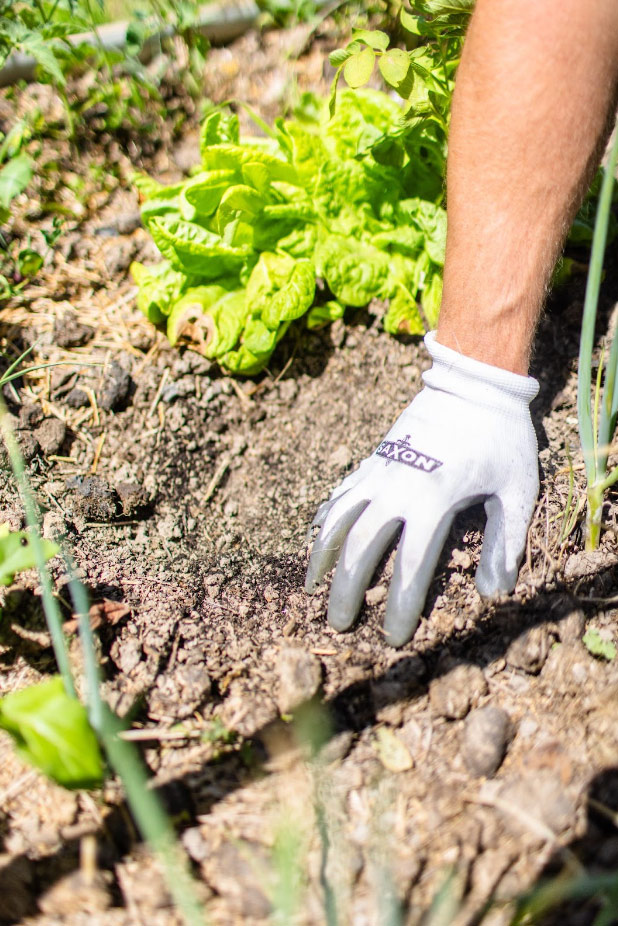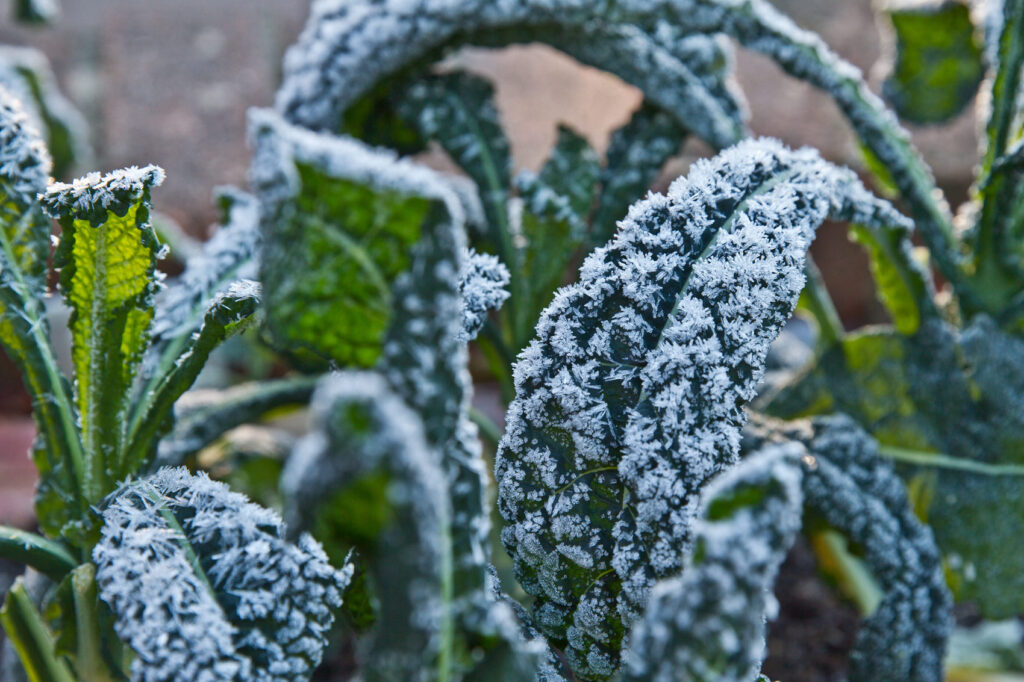As spring heads into Summer, and it’s time to breathe new life into your indoor plants as they come out of hibernation and need more care. The warmer weather and longer daylight hours mean your plants will need some extra care to thrive. Follow these essential tips on how to prepare your leafy friends for the vibrant season ahead.
Key Tips for Spring Plant Care
1. Dust the Leaves
Dust can block sunlight from reaching the leaves, reducing the plant’s ability to photosynthesise. Gently wipe the leaves with a damp cloth to keep them clean and healthy.
2. Rotate Your Plants
Ensure your plants get even light exposure by rotating them every couple of weeks. This helps in preventing uneven growth and promotes a balanced shape.
3. Adjust Your Watering
With increased light and warmth, plants will require more water. However, be cautious not to overwater. Check the soil moisture regularly and water when the top inch feels dry.
4. Add Humidity
Indoor environments can be dry, especially with heating systems still running. Use a humidifier or place a tray of water near your plants to maintain humidity levels.
5. Prune
Trim away any dead or yellowing leaves to encourage new growth and improve air circulation around the plant.
6. Repot Overgrown Plants
Inspect the roots of your plants. If they are circling the pot or growing out of the drainage holes, it’s time to repot them into a larger container with fresh soil.
7. Fertilise
Spring is the perfect time to feed your plants. Indoor plants don’t need a lot of nutrients and potting mix generally has slow release nutrients. Adding microbes to “unlock” nutrients in the mix can benefit the plant without adding extra macronutrients.
8. Assess Lighting
As the angle of the sun changes, so does the light in your home. Make sure your plants are getting adequate light by moving them closer to windows or adding artificial lights if needed.
9. Air Out Your Plants
On warm days, take your plants outside for a few hours to enjoy fresh air. This can help reduce pest issues and improve their overall health.
10. Inspect for Pests
Check your plants regularly for signs of pests like fungus gnats. Early detection and treatment can prevent infestations from spreading.
Spring is the ideal time to give your indoor plants some extra love and attention. By following these tips, you’ll ensure they thrive and bring lush, green beauty to your home.
Ready to give your plants an added boost? Try Ocean2earth to enrich stale potting mix with beneficial microbes and trace elements.

